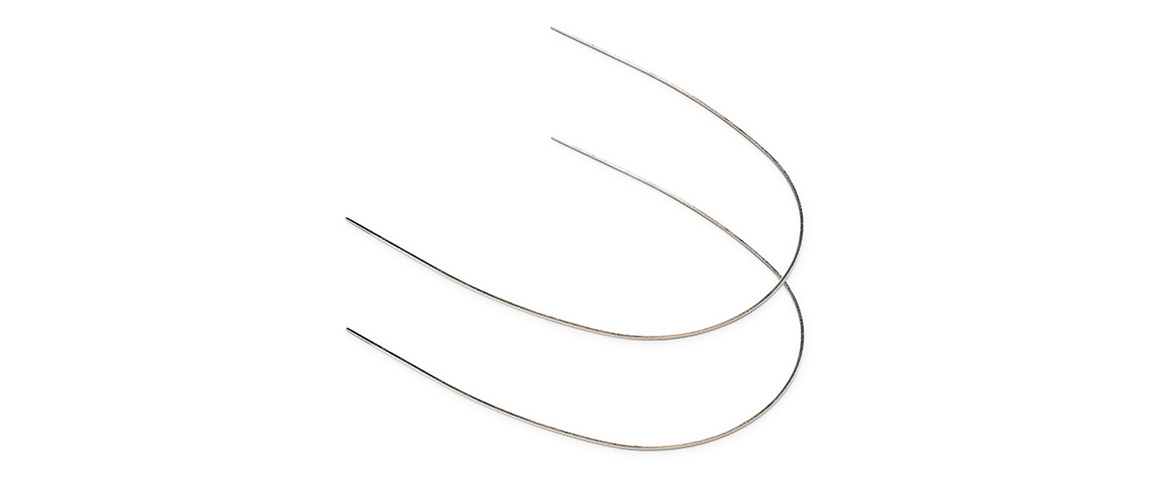Nonstick coatings for dental instruments and orthodontic appliances help to reduce bacteria both in the mouth as well as in medical office environments. Learn more about different kinds of coatings and the additional benefits they provide.
Antimicrobial Coating Benefits for Dental Applications
Dental devices are prone to unwanted bacteria from normal oral flora, the outside environment as well as from the instruments themselves. One way to protect dental patients from unwanted bacterial infections is to slow the microbe growth rate during instrument storage using non-stick coatings, such as Teflon PTFE.
Dental Applications of PTFE Coatings
Dental tools that are often coated with PTFE include plastic filing and composite placement instruments, oral surgical instruments, sonic scalers and dental molds. With non-stick coatings on these tools dental professionals can reduce the impact to dental implant surfaces and more easily place, sculpt and contour composite fillings. In addition, PTFE coatings on needles used in oral surgical procedures can help reduce the impact to softer tissues within the mouth.
PTFE Coated Dental Instruments & Hepatitis C
Since there is no vaccine against the hepatitis C, dental offices must use proper sterilization of instruments to guard against the virus. The use of disposable needles can be expensive so alternative methods are important.
Research has shown that PTFE coated dental instruments can inhibit hepatitis C virus (HCV) replication. PTFE-coated orthodontic archwires have also demonstrated these same properties by minimizing HCV adhesion.
PTFE Orthodontic Coatings
In addition to the hepatitis C Benefits, PTFE coated orthodontic coatings and archwires, including spray-coated archwires (clear/invisible wires for aesthetic purposes), and orthodontic archwires (clamps, clips, springs), help to:
- Reduce friction between archwires and brackets
- Enhance biocompatibility
- Assist with adhesion to the metallic substrates
- Increase strength and elasticity
- Contribute to longer wear resistance
- Reduce food from sticking to braces
